Accordingly, the total investment of the project is proposed to increase by more than 700 billion VND, from more than 5,339 billion VND to more than 6,000 billion VND.
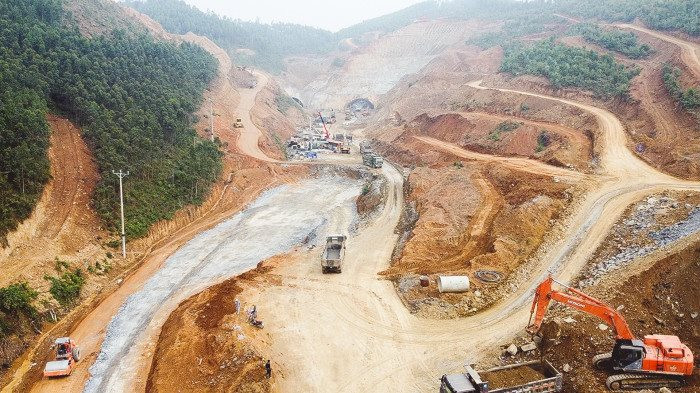
Regarding capital structure, counterpart capital was adjusted to increase from over VND988 billion to over VND1,643 billion; non-refundable aid capital from the Australian Government increased from over VND101 billion to over VND153 billion. The main reason for the increase in investment capital is due to the cost of site clearance.
Explaining the reason for the increase in site clearance costs, a representative of Project Management Board 2 (Ministry of Transport) said that ADB has provided technical support to the Ministry of Transport to prepare a pre-feasibility study report and a feasibility study report as a basis for negotiating and signing a loan agreement of about 1.8 million USD.
According to the survey data of the technical support consultant (selected by ADB) in early 2018, the compensation volume includes: The land area to be recovered is nearly 74 hectares; 957 households are affected; of which 30 households will have to relocate. The consultant has calculated and determined the compensation, support and resettlement costs of the project to be about 362 billion VND (including contingency and inflation).
Domestic consultants used data from technical support consultants to build the total investment of the project with site clearance costs of nearly VND 312 billion (excluding contingencies and price fluctuations).
At the time of completing the feasibility report, the reuse of site clearance data from the technical support consultant to include in the feasibility study report completion file did not anticipate the complexity of the mountainous terrain, so at the technical design stage there was a large difference in site clearance volume and increased site clearance costs.
Currently, the Ministry of Transport has balanced counterpart capital of more than 655 billion VND to supplement site clearance costs from the medium-term capital source for the 2021-2025 period assigned by the Prime Minister to the Ministry of Transport.
The project connects traffic in the northern mountainous provinces to shorten the journey from the political and economic centers of Lai Chau, Lao Cai, Yen Bai and other related localities to the capital Hanoi, improving the efficiency of exploiting the Hanoi - Lao Cai expressway.
The scale of the project includes 2 routes. Route 1 connects Lai Chau with Hanoi - Lao Cai expressway with a length of about 147km. Route 2 connects Nghia Lo (Yen Bai) with Hanoi - Lao Cai expressway with a length of about 53km, a grade 4 mountainous road. The project is divided into 11 bidding packages, expected to be implemented in about 4 years, basically completed in 2024.
Source


![[Photo] President Luong Cuong presided over the welcoming ceremony and held talks with Sri Lankan President Anura Kumara Dissanayaka](https://vphoto.vietnam.vn/thumb/1200x675/vietnam/resource/IMAGE/2025/5/5/bbb34e48c0194f2e81f59748df3f21c7)

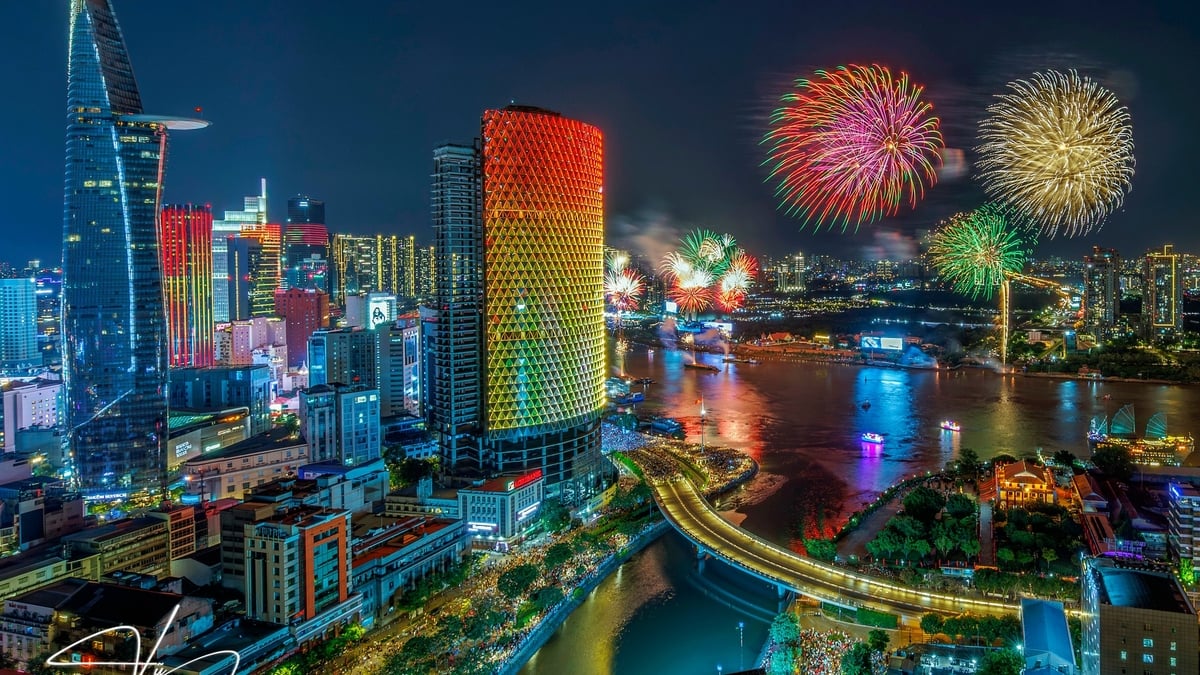
![[Photo] Solemn opening of the 9th Session, 15th National Assembly](https://vphoto.vietnam.vn/thumb/1200x675/vietnam/resource/IMAGE/2025/5/5/ad3b9de4debc46efb4a0e04db0295ad8)
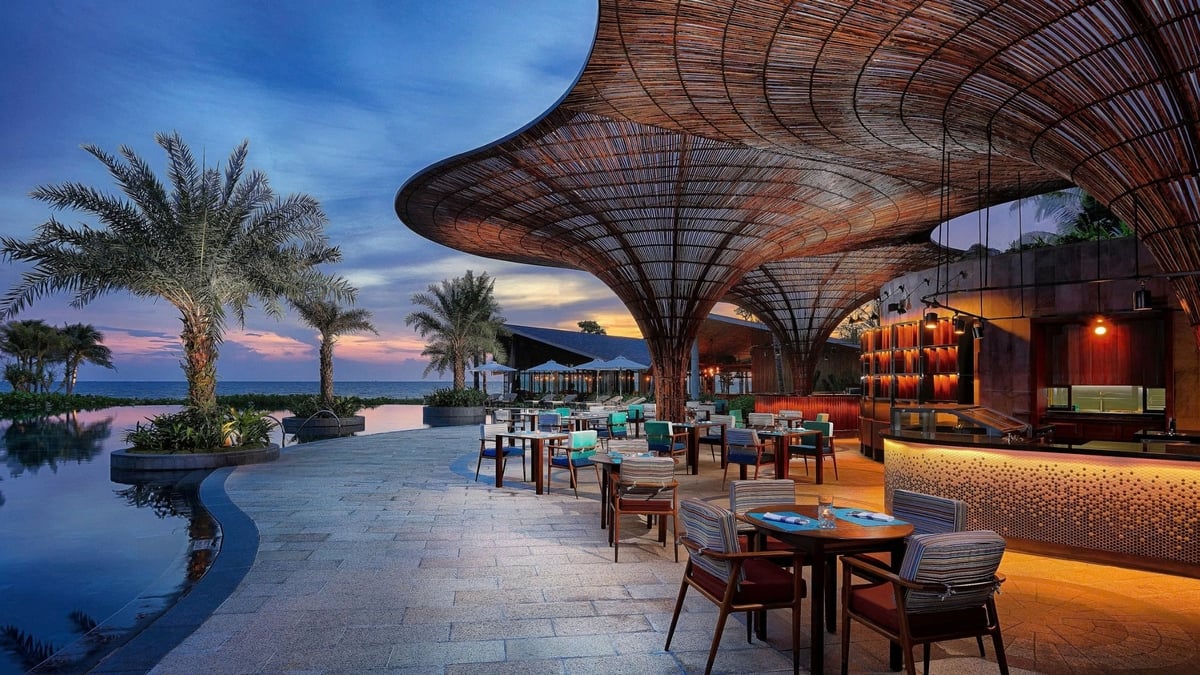




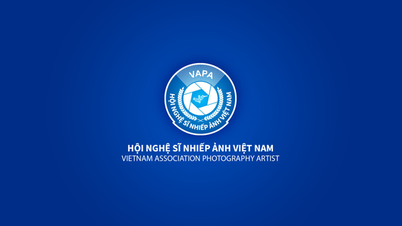


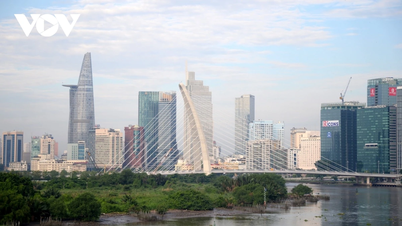



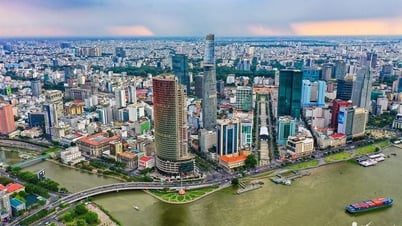





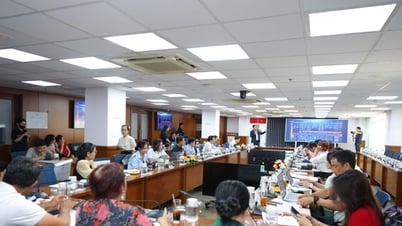




![[Photo] National Assembly delegates visit President Ho Chi Minh's Mausoleum](https://vphoto.vietnam.vn/thumb/1200x675/vietnam/resource/IMAGE/2025/5/5/9c1b8b0a0c264b84a43b60d30df48f75)



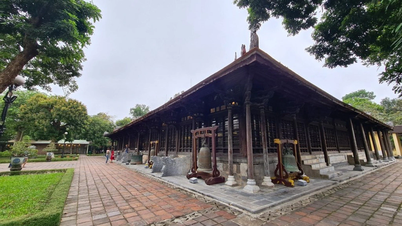













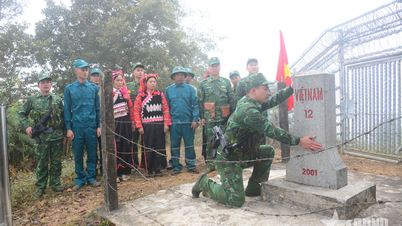

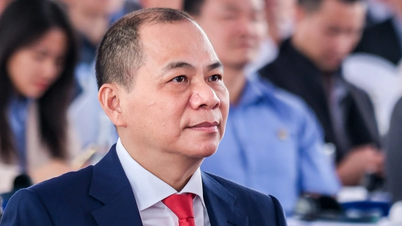

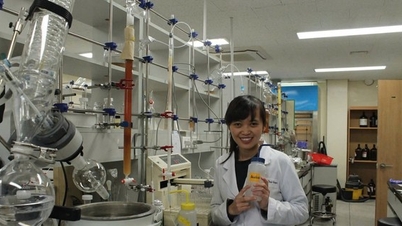






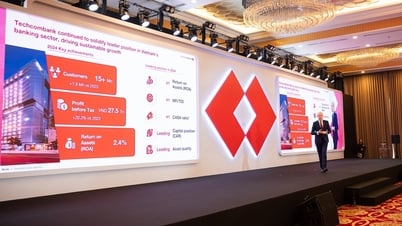
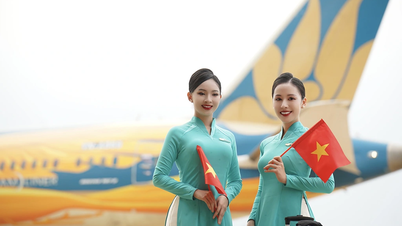

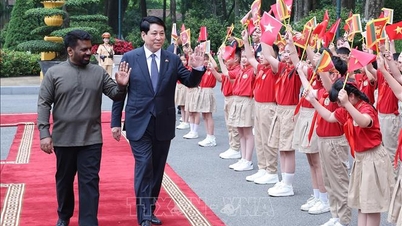

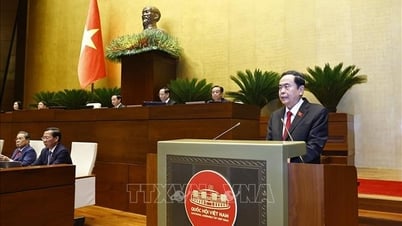
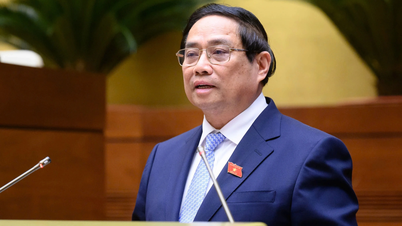
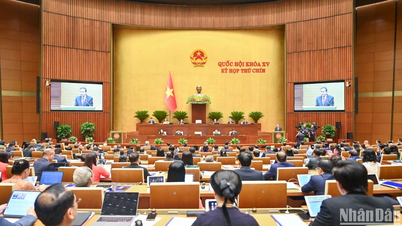


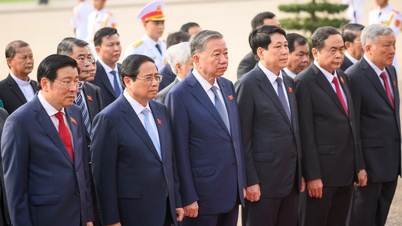
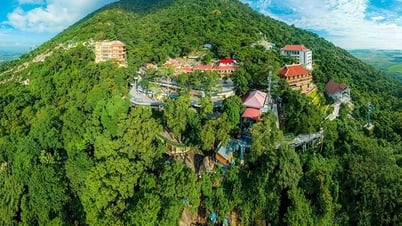




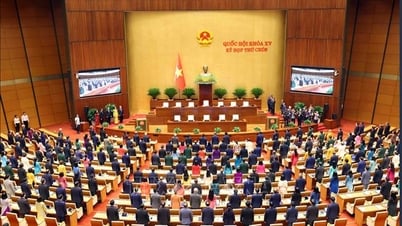













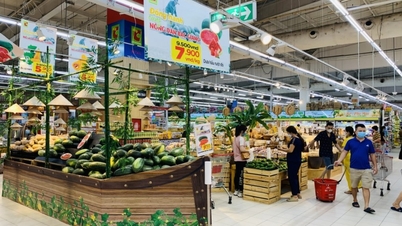








Comment (0)